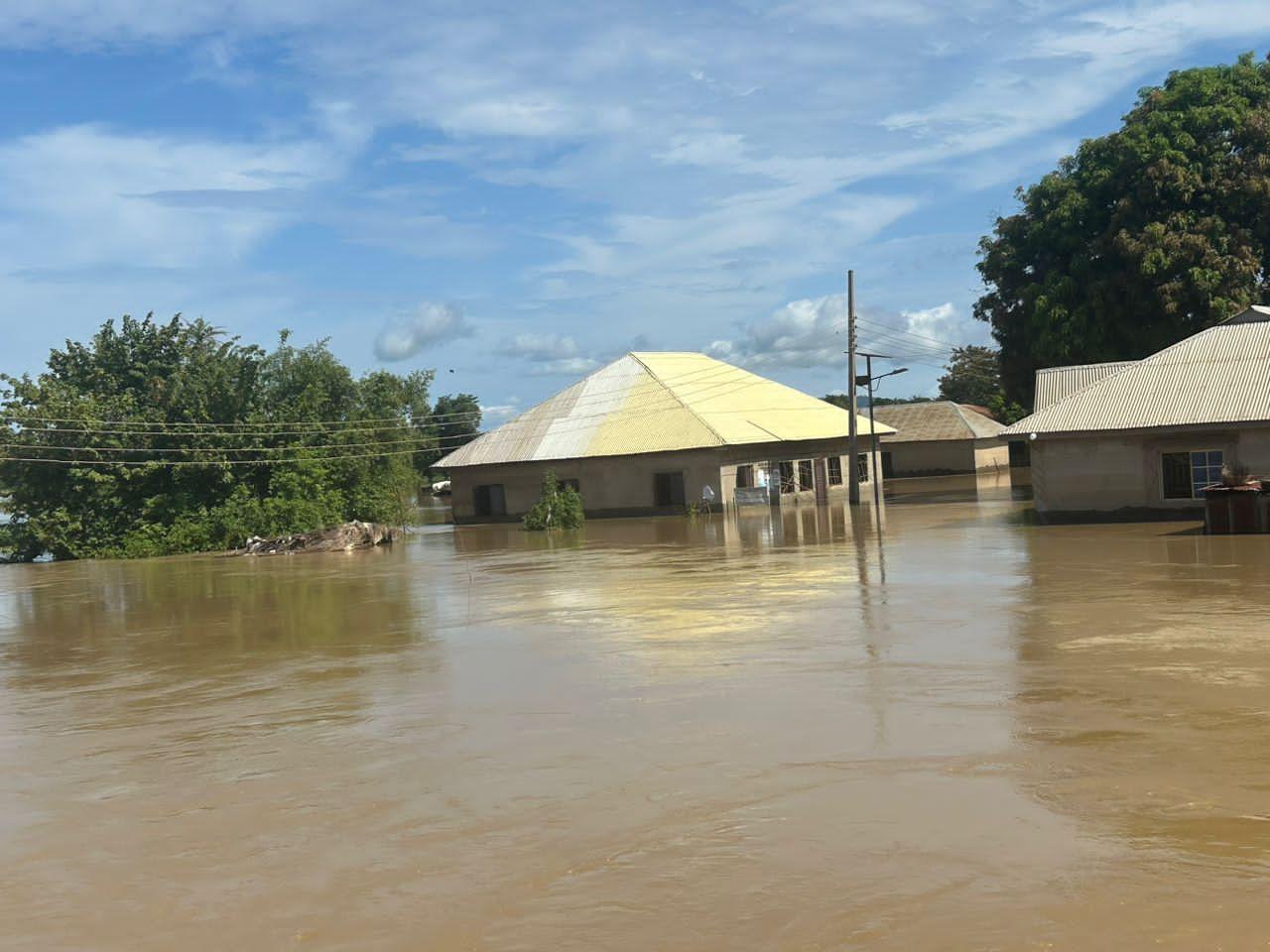DW
Recent severe flooding has submerged almost half of the northeastern Nigerian city of Maiduguri, Borno State’s capital. At least 30 people have been killed, tens of thousands more have been displaced and the flooding has triggered a severe humanitarian crisis.
The United Nations refugee agency in Nigeria said it was the “city’s worst flooding in 30 years.”
NE Nigeria’s humanitarian hub, Maiduguri, faces its worst flood in 30 years after the Alau Dam overflowed.
Homes are submerged, schools shut down & businesses crippled as people evacuate with their belongings.
We are on ground supporting communities, but more help is needed.
— UNHCR Nigeria (@unhcrnigeria) September 10, 2024
The governor of Borno State, Babagana Umara Zulum, told DW that “over a million people in Borno State in northeastern Nigeria have been affected.”
But floods are not a new phenomenon to Nigeria. Adaku Echendu, an urban flooding researcher at Queen’s University, Ontario, Canada said, “It is an annual thing. The same story every year.”
While government officials say that the floods are climate-driven, urban flood experts like Echendu believe they are considerably influenced by human actions.
What caused the recent flood in northeastern Nigeria?
According to Nigeria’s Emergency Response Agency (MENA), the recent flood in Maiduguri occurred because, “one of the spillways of Alau Dam collapsed…”
The Alau Dam is located about 13 miles (20 kilometers) away from the city of Maiduguri. It has capacity to retain 112 million cubic liters of water. The dam was designed to regulate water flow and provide irrigation and drinking water.
Abubakar Monguno, a professor of Geology from the University of Maiduguri, said the flooding was a combination of “high rainfall” and the “collapse of the spillways meant to channel the water.”
But for Echendu, the underlying problem runs much deeper.
“The biggest problem of flooding in Nigeria is the lack of infrastructure,” Echendu told DW.
Lack maintenance, monitoring and care of the dams
Structures such as the Alau Dam “need proper maintenance” to avoid floods, Monguno said.
A study published by the European Scientific Journal in 2015 that examined the problems of the Alau dam found that, “Alau Dam is not undergoing any form of monitoring to ensure as assessment of the damages it causes on yearly basis.”
Echendu argued that while “[studies] have discovered the issues [with the dam] many years ago, they were never fully addressed. And this is despite budget allocation.”
Hamzat Lawal, the executive director of Connected Development (CODE), a non-profit that tracks public funds, told DW that the lack of maintenance is linked to fund mismanagement. He said that if the funds meant for the maintenance were used properly, “no house today in Maiduguri would be under water. Even if water was released, the maintenance and surveillance would have allowed the government to prepare.”
Similarly, Echendu suggests that “the lack of preparation from the government” and the lack of “maintenance of the infrastructures” are the major contributing factors in this year’s flood disaster.
After the most recent flood, CODE wrote in a report that “the over 300 dams in Nigeria are in dire need of maintenance.”



Connect with us on our socials: